Gas stoves can be said to be closely related to our lives. Cooking water and cooking are inseparable from gas stoves. Because it is a frequently used electrical product, there are often such small faults in the trial process, small problems, in daily life, we need to learn some electrical self-test methods, today I bring to everyone is the gas Frequently used stoves and solutions, everyone to pay attention to it.
1. Ignition failure
Failure to open the valve before the stove will cause the ignition to fail. First check whether the valve is open before ignition. Since the moving cooker will cause the cooker connecting pipe to be twisted and flattened, or because the gas contains more condensate to block the hose, the gas source is blocked, the ignition fails, and the rubber hose is pressed, bent and corrected or replaced by a new one. The hose can eliminate the malfunction. After the gas stove has just been replaced with the connecting hose, the temporary ignition failure will occur due to the air in the tube. After several times of ignition, the air in the tube can be ignited successfully. For users who use electric pulse ignition, the main reasons for ignition failure are:
(1) The battery voltage is insufficient. Generally, the service life of the battery is half a year to one year, and the battery should be replaced in time;
(2) The high-voltage output wire is broken or cracked, causing leakage, and the fault can be eliminated by replacing the new wire;
(3) The electrode needle has too much fouling, and the discharge is weak, which causes the ignition to fail. It should be cleaned frequently to keep the electrode needle clean;
(4) If the distance between the electrode needle and the ignition bracket is improper, the discharge will be weak or not discharged, and the distance should be adjusted to 3 - 4 mm;
(5) The igniter circuit board is damaged and should be replaced in time;
(6) Piezoelectric ceramic firearms generally have a long service life and can be fired continuously for more than 30,000 times, but during the life span, there is also a phenomenon that fire cannot occur;
(7) The hammer spring is weakly impacted on the piezoelectric ceramic and cannot generate sparks. The spring should be replaced;
(8) When the ignition mechanism is loose and unable to ignite, the mechanism components are tightened;
(9) Due to the dirt on the electrode, the distance between the electrode and the grounding discharge terminal is offset, which makes it impossible to ignite. The electrode can be wiped to adjust the distance between the electrode terminals of the electrode to 3-4 mm and tightened to eliminate the fault;
(1O) The cooker with the flameout protection device will release the knob and the flame will be extinguished after the ignition is successful. This is because the device is in working state, and the gas can be burned for a few seconds and then the knob can be released.
2. Leak or smell
If the stove is connected to the hose for a long time, it will be ruptured or the gas will leak due to the failure to connect with the stove. In this case, the hose should be replaced or the end of the hose should be fastened with a hose clamp. The gas in the burner is not ignited, and the smell of gas is smelled. At this time, the window is ventilated and the gas is blown off before being ignited. Drying, depletion of the sealing material or aging of the sealing ring may cause the gas leakage of the cooker valve to be tight, and the sealing material should be replaced until the valve body is replaced. After installation, check whether the valve body leaks.
3. Do not turn off the gas for a long time after the flameout
If the transmission mechanism in the flameout protection device is blocked and cannot work normally, the burner cannot be shut off. First, close the front valve of the stove, adjust the transmission mechanism and check if there are any obstacles in the device, and remove it if any. If the flameout protection device does not enter the protection state, it will not be able to shut off the gas. At this time, the cooker knob can be repeatedly operated.
4, tempering
If the gas flow into the burner is decreasing, that is, the gas flow rate is decreasing, the blue cone is getting lower and lower, and finally, because the gas flow rate is lower than the flame propagation speed, the flame will be retracted into the burner, which is called tempering. When the combustion produces tempering, a tempering noise first appears, and then the combustion in the pipeline near the nozzle continues to generate noise. Suddenly closing the valve, tempering noise will occur as the flame is extinguished. Coke oven gas is more prone to tempering noise than natural gas and liquefied petroleum gas. The opening of the wind deflector is too large, so that the primary air coefficient is too large, which is easy to cause tempering, and can be eliminated by adjusting the air deflector. The gas source pipeline, the pressure reducing valve, the burner nozzle, the burner L are blocked by the slag of the rice, the carbon black or other substances, and the gas pressure in the liquefied gas cylinder is insufficient, which causes the gas outflow speed to decrease, resulting in tempering. Avoid by inflating by cleaning up dirt. The nozzle is not correct or the nozzle aperture is eccentric, which causes the gas to be blocked and tempered. In this case, correct the center line of the gas nozzle or replace the nozzle. The gas burning time is too long, and the temperature of the ejector tube and the nozzle is too high, which will accelerate the burning speed of the flame and cause tempering. At this time, the gas can be turned off, and the ejector tube and the nozzle are cooled and then re-ignited.
5, Huang Yan
The normal combustion flame of the gas is light blue. When the air is insufficient at one time, the hydrocarbons decompose to form solid carbon particles under high temperature and anoxic conditions, and are dispersed in the gas like mist. When these carbon particles burn, they will show a bright yellowish flame, which is called yellow. flame. The opening of the cooker valve is too large, the gas is excessive, the air is insufficient, and yellow fire will occur. By increasing the opening of the wind deflector and increasing the air inlet area, the flame will change from yellow to blue. There is rust or debris in the ejector tube, which will affect the ejector force and produce yellow fireworks. At this time, remove the ejector to remove the dirt, and then install the burner to eliminate the yellow flame. The difference between the nozzle and the ejector tube will also cause the yellow flame. The burner position should be adjusted so that the centers of the two are on the same axis. Users who use liquefied petroleum gas, when the gas in the cylinder is running out, because the heavy component content in the bottle is high, it is not suitable for gasification. If the combustion requires more air, yellow flame will appear and should be inflated in time. For users who use natural gas and use liquefied petroleum gas mixed air as a backup gas source, yellow flame is prone to occur at the peak of gas consumption, mainly due to the instability of the liquefied petroleum gas mixed air component at the peak of gas consumption. The gas operation department coordinated the solution.
6. The flame is automatically extinguished
A gas stove with a flameout protection device, the cooking device overflows to extinguish the flame or the strong wind blows out the flame, and the protection device automatically shuts off the gas passage within 30 seconds. Excluding the above reasons, the flame is automatically extinguished. The possible causes are: the flameout protection device thermocouple is not in the effective position, the flame and the thermocouple end are preferably 6mm to 1Omm; if the thermocouple is adjusted in the most effective position, the flame is at ten. If the thermocouple is still extinguished after the second, the thermocouple may be damaged. The thermocouple should be replaced. It is also possible that the thermocouple and the solenoid valve are in poor contact. At this time, the thermocouple solenoid valve should be adjusted so that the contact between the solenoid valve and the thermocouple is good. If the adjustment is invalid, The solenoid valve and thermocouple element should be replaced. The part of the ignition knob is jammed and the flame is extinguished. This fault can be eliminated by pressing the knob multiple times and turning it.
HIDEEP offers a variety of bathtub faucets in many different styles.
HIDEEP have floor standing Bathtub Faucet and 5 hole Bathtub Faucet for your choice.In addition to exceptional performance, HIDEEP faucets represent the ultimate in versatility and individual style. Each belongs to larger coordinated collections that include matching Bathroom Accessories, allowing you to combine the elements that best express your vision. Bathtub faucets coordinate beautifully with our full line of bathroom products, and can elevate your bathroom with a new sophistication and elegance for the most relaxing part of your day.
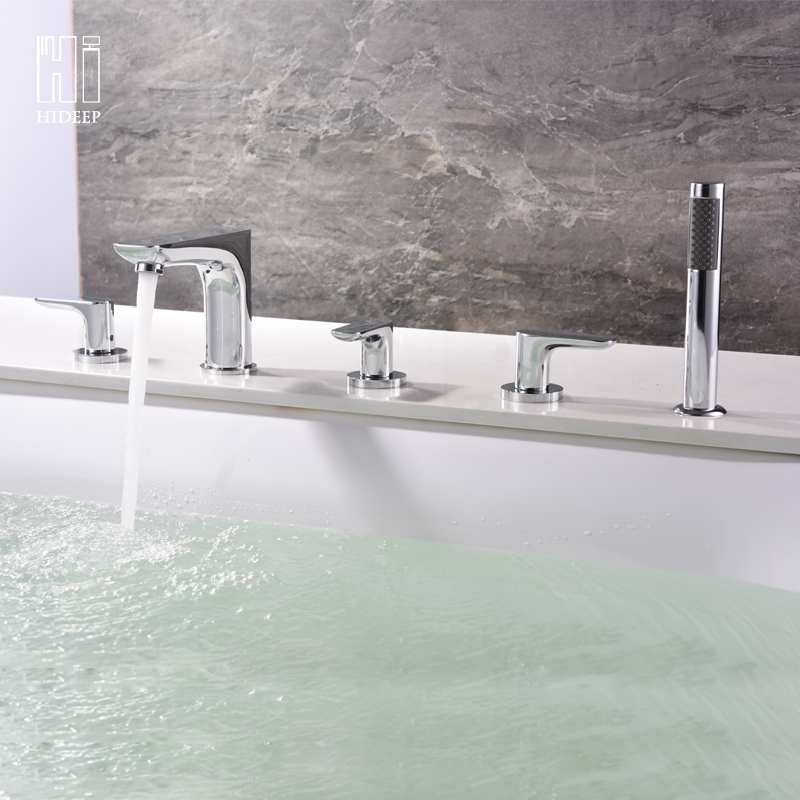
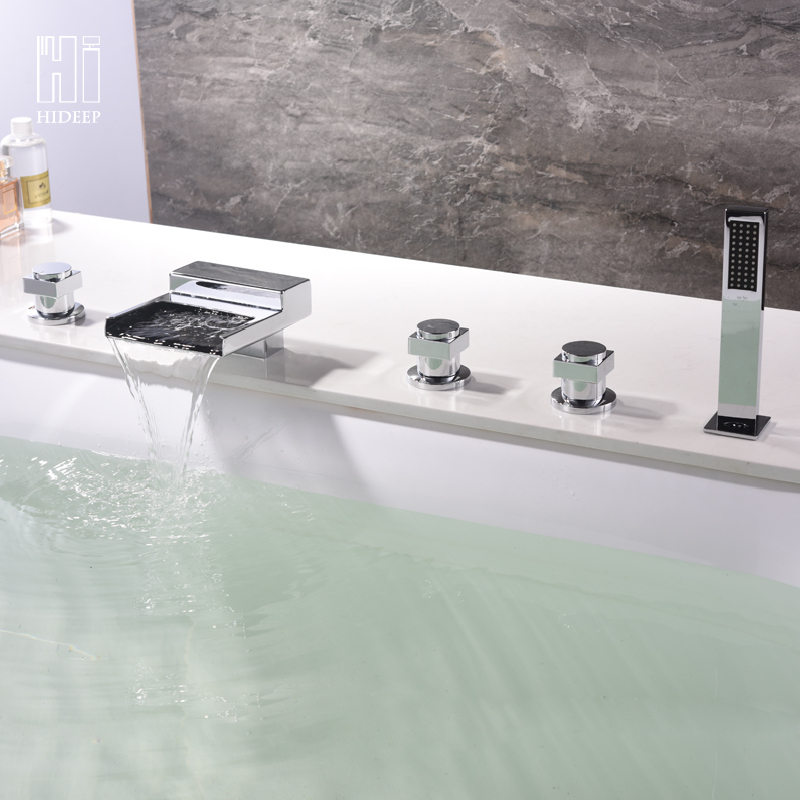
HIDEEP Product line
HIDEEP Product Information
Product description
Bathtub faucet
Brand name
HIDEEP
Material
Brass main body and zinc alloy handle
Material analysis
Cu≥59%
Air pressure testing
0.6 Mpa
The thickness of chrome plating
Nickel>8um Chrome>0.2um
Salt spray test
24 hours
Water flow
Bath/Shower Mixer≥18L/min,
Cartridge life time
300,000 times open and close
Quality guarantee
5 Years quality guarantee
Certification
ISO9001, CE
OEM and ODM
Acceptable
Installation mode
Wall-mounted
Function
Hot/cold water mixer
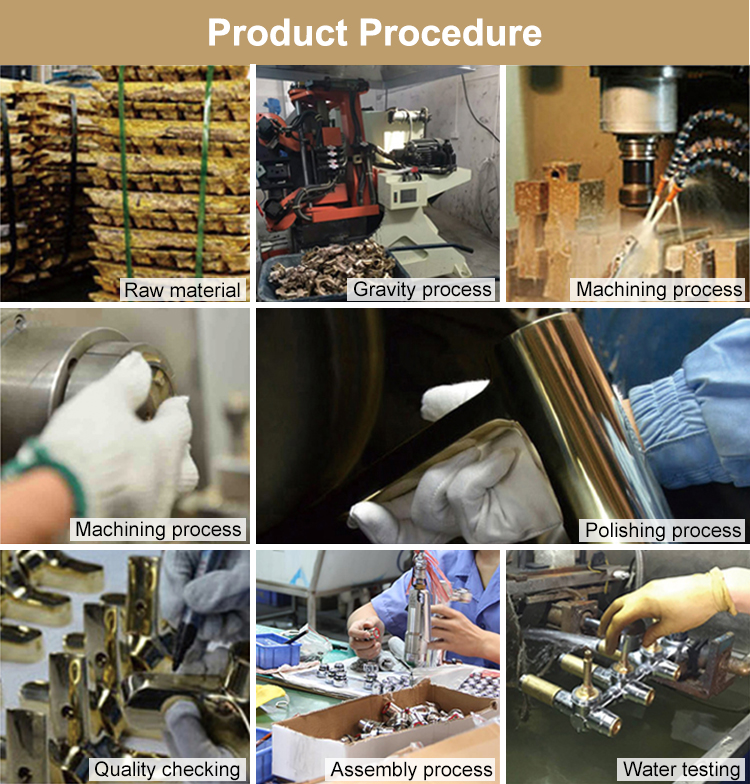
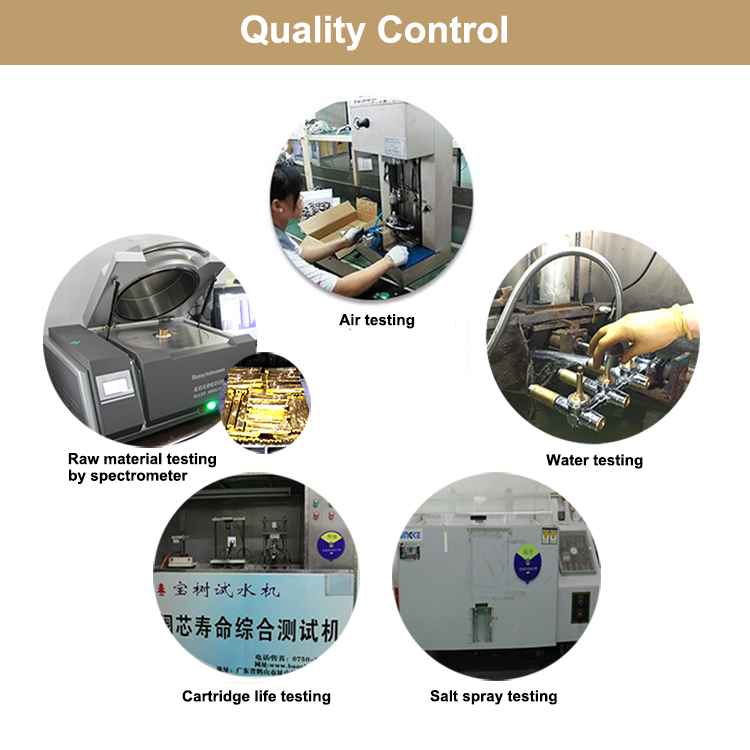
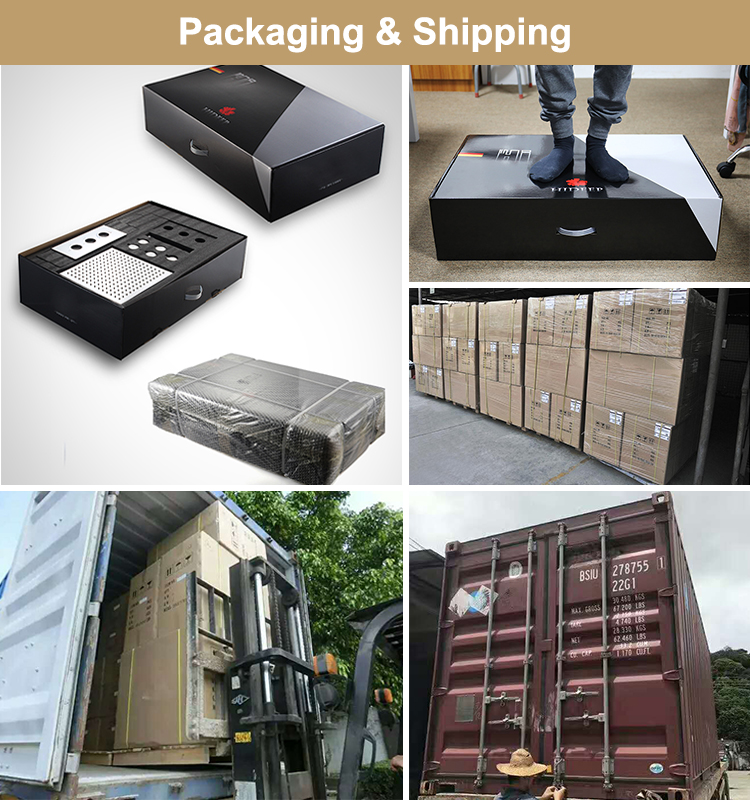

Bathtub Faucet
Bathtub Faucet,Luxury Bathtub Faucet,Brass Bathtub Faucet,Bath Shower Mixer
Kaiping HIDEEP Sanitary Ware Co., Ltd. , http://www.hideepglobal.com